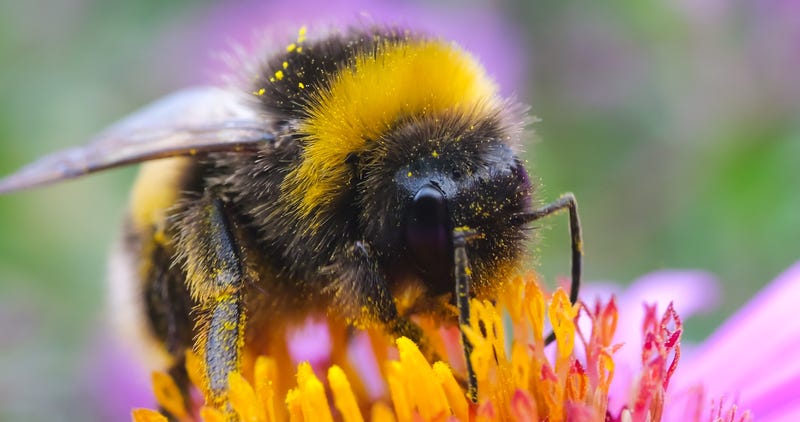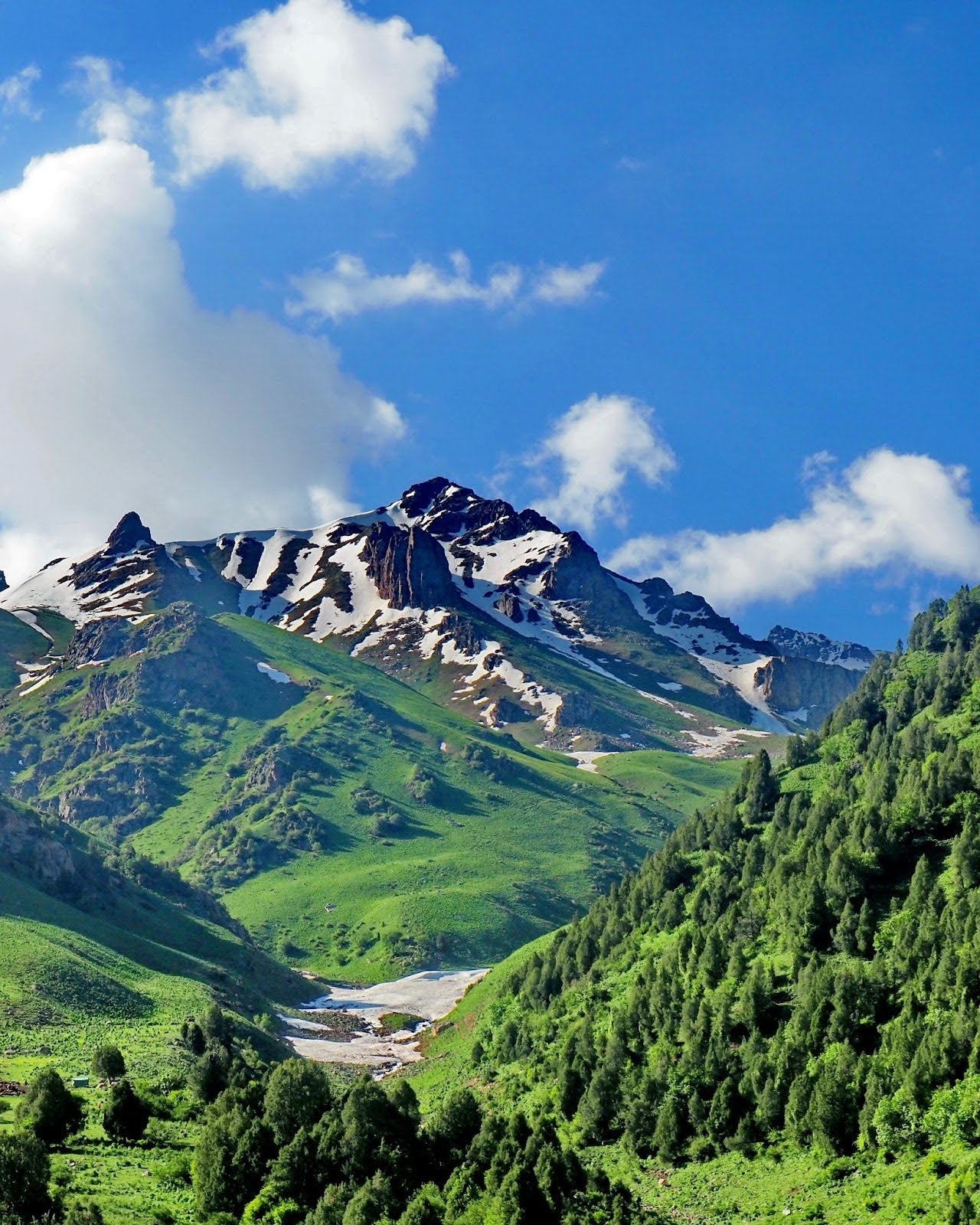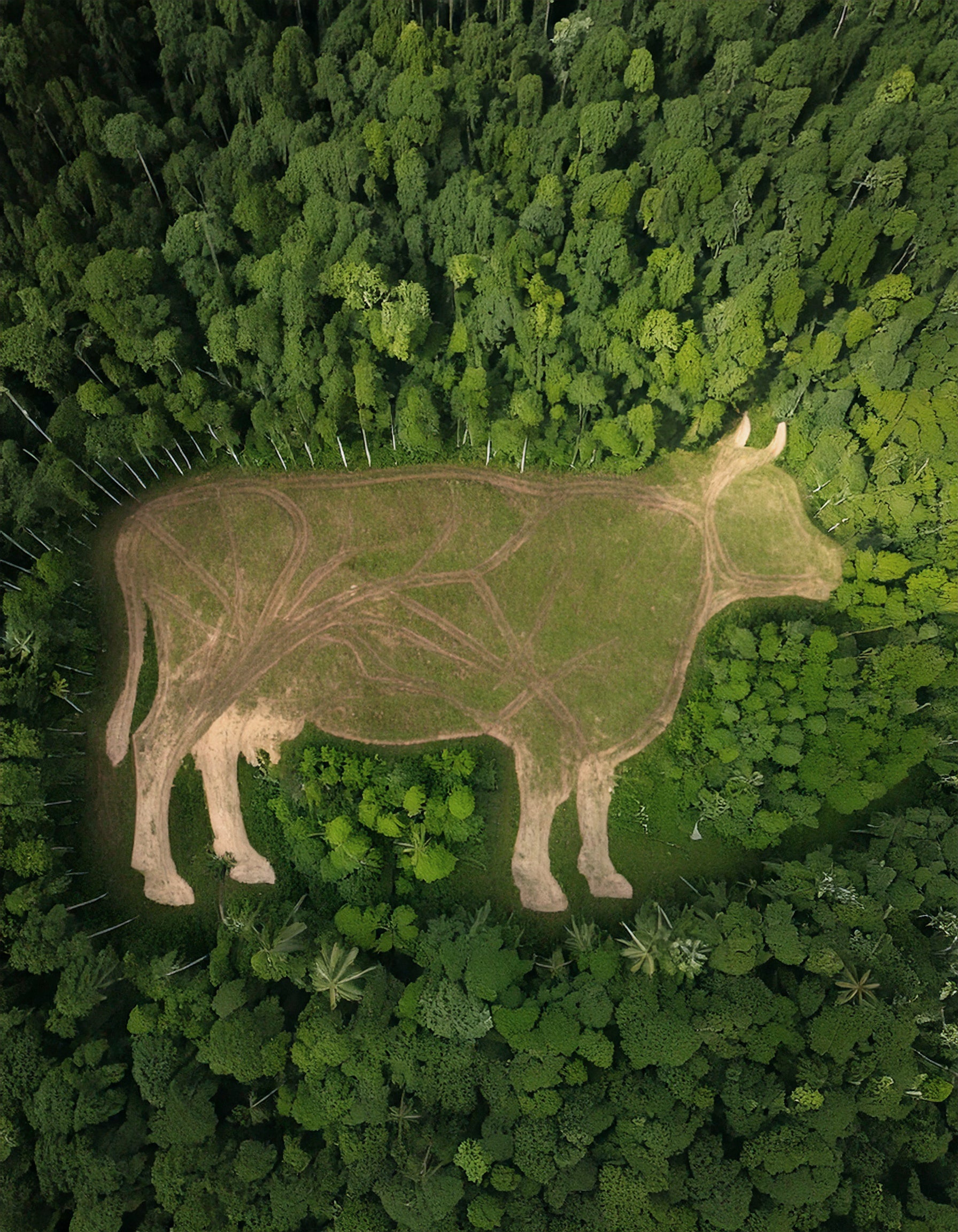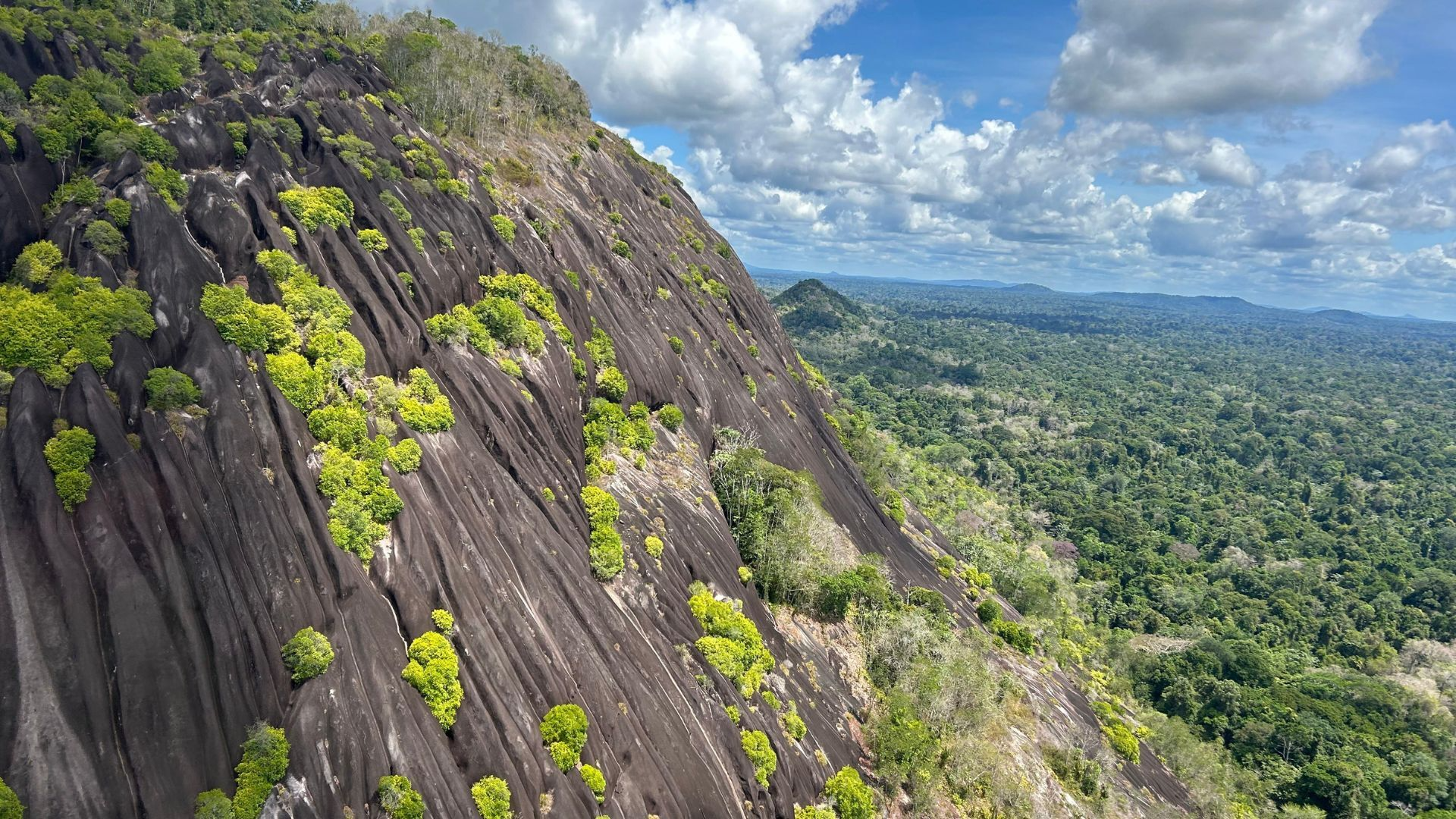Warzones, microplastics and light pollution pose serious new risks to bees and other pollinators over the next decade, according to a landmark report on today’s World Bee Day.
The report from Bee:wild, a new science-led global campaign to save pollinators, identifies the top 12 emerging threats that could accelerate pollinator losses within the next 5-15 years, according to ten of the world’s leading experts. It also outlines steps we can take to protect them and reverse the decline.
Pollinators like bees, butterflies, some birds and bats are vital to nature and our food supply with almost 90% of flowering plants and over three-quarters of the world’s staple crops depending on them. But habitat loss, pesticides, climate change and invasive species have caused their severe decline, including the extinction of some bee species.
A wave of new threats is adding further pressure, according to the report: ‘Emerging Threats and Opportunities for Conservation of Global Pollinators.’
These include:
- War and conflict, such as the war in Ukraine, forcing countries to grow fewer crop types and leaving pollinators without diverse food throughout the season.
- Microplastic particles contaminating beehives across Europe, with testing from 315 honey bee colonies revealing synthetic materials like PET plastic in most hives.
- Artificial light at night reducing flower visits by nocturnal pollinators by 62% and inhibiting the crucial role moths and night insects play in pollination.
- Antibiotic pollution potentially contaminating beehives and honey, and affecting the behaviour of pollinators, such as reducing their foraging and visits to flowers.
- Air pollution affecting their survival, reproduction and growth.
- Pesticide cocktails weakening pollinators who increasingly face a dangerous mix of different pesticides, particularly in developing countries.
- More frequent and larger wildfires, destroying habitats and making recovery harder.
The University of Reading’s Professor Simon Potts, lead author and chair of Bee:wild’s Scientific Advisory Board, says: “Identifying new threats and finding ways to protect pollinators early is key to preventing further major declines.
He continues: “By acting early, we can reduce harm and help pollinators continue their important work in nature and food production. Various conservation opportunities already exist and more are emerging. This is not just a conservation issue. Pollinators are central to our food systems, climate resilience, and economic security. Protecting pollinators means protecting ourselves.”
The report also outlines some threats that unintentionally stem from climate actions, which could be improved to protect biodiversity at the same time. Planting a mix of flowering trees as well as non-flowering fast-growing trees for carbon capture would restore pollination opportunities. Avoiding pollinator-rich areas and restoring habitats after mining for car battery materials would also help reduce the impact of mining in the long-term.
These steps are among the 12 that the report outlines for pollinator protection. Ranked in order of novelty and impact, the top five are:
- Stronger laws limiting antibiotic pollution that harms bee health
- Transitioning to electric vehicles to reduce air pollution affecting pollinators
- Breeding crops with enhanced pollen and nectar for better pollinator nutrition
- Creating flower-rich habitats within solar parks
- Developing RNAi-based (Ribonucleic acid) treatments that target pests without harming beneficial insects.
Protecting stingless bees - which are important for pollination in the tropics - by creating urban gardens, rewilding and protecting natural habitats is another solution. Using AI to help track pollinators is another opportunity.
Dr. Deepa Senapathi, Head of Department of Sustainable Land Management at the University of Reading, is co-author of the report and Vice-Chair of Bee:wild Scientific Advisory Board.
She explains: “Meaningful action to protect bees is not a “nice-to-have” future aspiration - practical solutions that we can implement now already exist and more are emerging. The most promising opportunities are ones that tackle multiple problems at once. Focused and determined action could significantly slow and even reverse pollinator decline while creating environments that benefit both nature and people.
She adds: “It will take effort from everyone to address these threats. We need to maintain, manage and improve our natural habitats to create safe spaces for pollinators. Individual actions like providing food and nesting areas in our own back gardens can help in a big way. But policy changes and individual actions must work together so everything from gardens and farms to public spaces and wider landscapes can all become pollinator-friendly habitats.”
Eva Kruse, Executive Director of Bee:wild, which commissioned the report says: “We were already sounding the alarm on the decline of our pollinators, but this new report underlines that the range of threats are expanding. Rather than being filled with hopelessness, the purpose of the Bee:wild campaign is to fuel awareness, urgency and give everyone agency. There’s a lot we can all do to help save our pollinators, in our homes and everyday lives. Planting flowering plants to feed them, providing outdoor shelter and considering healthier diets like plant-based as well as pesticide-free, all matter a lot.
She adds: “It’s getting harder for our pollinators but we can all play a part in protecting them and building a sustainable future for all living things.”
Razan Khalifa Al Mubarak, President of the International Union for Conservation of Nature (IUCN) and Board Member of nature conservation organisation Re:wild - which is behind the Bee:wild campaign - provided the report’s foreword.
She says: "The choices we make today will shape the future - not only for pollinators, but for all life on Earth. Together, we can ensure that these remarkable species continue their vital work, sustaining the natural world that sustains us all.”
Notes to Editors:
You can read the full report and executive summary here.
For interviews, images and further information contact Pete Castle, External Relations Manager at the University of Reading press office on +44(0)118 378 5757 or pressoffice@reading.ac.uk or Lucy Brinicombe, media consultant for Bee:wild on lucybrinicombe@gmail.com / +44 (0)7932 976478.
Emerging threats to pollinators (national to global) ranked from highest to lowest by novelty, then impact
- Crop simplification due to conflicts – War and conflict affects how land is used, reducing crop variety, which could harm wild pollinators.
- Microplastic pollution – Tiny plastic particles are everywhere and can reduce pollinator health and lifespan.
- Poorly planned tree planting for Net Zero – Planting lots of trees can help or hurt nature, depending on the type of trees planted, and where.
- Antibiotic pollution – Antibiotics pollute the environment and may change bee behaviour.
- Air pollution – Polluted air with gases like ozone and nitrogen oxides makes it harder for insects to survive and reproduce.
- Increased indoor farming – Growing crops in enclosed spaces reduces natural habitats for wild pollinators and may spread disease through the introduction of managed pollinators.
- Increased demand for mining of metals – Mining for materials like lithium and cobalt, used in batteries, damages land and water, which may harm pollinators.
- Pesticide cocktails – Mixing different pesticides can weaken pollinators, and their use is increasing, particularly in some regions like Africa and South America.
- Light pollution – Bright artificial lights at night confuse pollinators like moths and can reduce pollination.
- Heavy metal pollution – Toxic metals like cadmium and mercury can harm pollinators’ health, behaviour, and survival.
- Wildfires combined with other threats – More frequent large wildfires destroy pollinator habitats, making recovery harder.
- Regional loss of pesticide monitoring – Without proper tracking, harmful pesticides may be overused, killing pollinators and removing floral resources, as well as making pests resistant and damaging the environment.
Emerging opportunities for pollinators (national to global) ranked from highest to lowest by novelty, then impact
- Stronger laws on antibiotic use – Better regulations could limit antibiotic pollution, especially in areas where there are no restrictions.
- Reduced demand for fossil-fuelled vehicles – Electric vehicles can reduce air pollution that can be harmful to pollinators.
- Plant breeding for pollinators – Crops can be designed for pollinators by providing more pollen and nectar, but more research is needed to ensure safety.
- Flower-filled solar parks – Solar farms can serve as pollinator-friendly habitats if located well and designed properly.
- RNAi treatments for pests of pollinators – New pest control methods using RNAi technology could protect bees while reducing pesticide use.
- AI and targeted conservation – AI can track pollinators, detect pests, and help improve conservation efforts.
- Trade and agricultural policies promoting low-pesticide products – Regulations could encourage farming with fewer pesticides, protecting pollinators and their habitats.
- Beekeeping legislation in conservation areas – Implementing regulations could help minimise competition between managed bees and wild pollinators for essential resources.
- Restore full ecosystem function, not just plants – Conservation should focus on rebuilding whole ecosystems, not just planting trees.
- Protecting stingless bees – Efforts should focus on saving native stingless bees, which play a key role in pollination in the tropics.
- More effective global policies – International regulations and laws, like the EU Nature Restoration Regulation, support pollinator protection and create groundswell support for carbon capture and reducing carbon emissions.
- Solutions benefiting multiple ecosystem services – Protecting pollinators can also simultaneously improve soil health, water storage, and carbon capture.
###
About Bee:wild
Bee:wild is a science-led, non-profit civil society movement, powered by brands, that aims to increase pollinator numbers for the benefit of more nature and human health by inspiring individual and collective action.
Bee:wild was originally initiated by PANGAIA and is now powered by a coalition of businesses and organised by Re:wild, a leading nature conservation organization focused on the most effective solution to the interconnected climate, biodiversity and human wellbeing crises; protecting and restoring the wild.
Learn more at beewild.org
About University of Reading
The University of Reading: Ranked among the top 200 of the world’s top universities (172 in QS World University Rankings 2025), Reading is one of the world’s leading research centres for the study of environment, food and farming. Its scientists have played key roles in landmark UN reports on climate change and pollinator conservation.



